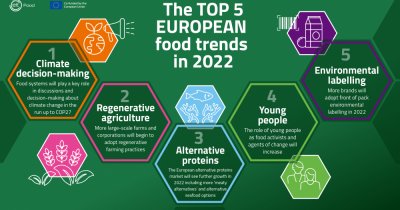Getting to net zero by 2050 will cost an extra $3.5 trillion a year, according to a new study by McKinsey. According to the report, a fundamental transformation of the global economy will be needed in order to go truly green.
Consultancy firm McKinsey says total global spending by governments, businesses and individuals on energy and land-use systems will need to rise by $3.5 trillion a year, every year, if we are to have any chance of getting to net-zero in 2050.
„Looking just at capital allocation, we find that annual spending on physical assets in the energy and land-use systems through 2050 would need to be about 60 percent greater than it is today, rising by $3.5 trillion annually on average. Accounting for expected increases in spending, as incomes and populations grow, as well as for currently legislated transition policies, the required increase in spending would be lower, but still about $1 trillion. In all, our analysis suggests that the Net Zero 2050 scenario would require spending on physical assets of about $275 trillion between 2021 and 2050 (about 7.5 percent of GDP over the period) in the areas we analyzed”, is said in the report.
According to the analysis, six features characterize the shifts in energy and land-use systems, economic sectors, and countries in the net-zero transition.
First of all, it has to be universal. Each of the seven major energy and land-use systems – Power, Industry, Mobility, Buildings, Agriculture, Forestry, Waste - contributes substantially to emissions, and every one of these systems will thus need to undergo transformation if the net-zero goal is to be achieved.
Secondly, the economic transformation needed to achieve the transition to net zero will be significant – the annual spending on physical assets in the energy and land-use systems through 2050 would need to be about 60 percent greater than it is today, rising by $3.5 trillion annually on average.
While universal, the economic exposure to the transition will not be uniform across sectors, geographies, and communities and individuals. As the report states, sectors that account for approximately 20 percent of GDP are most directly exposed to the transition; they have high levels of emissions in their operations (for example, steel and cement), and in the use of their products (for example, automobiles and fossil fuels)
But reaching Net Zero 2050 is exposed to risks. “One of the most immediate risks is that of a disorderly energy transition, if the ramp up of low-emissions activities does not take place fast enough to fill gaps left by the ramping down of high-emissions activities. That mismatch could potentially affect energy markets and the economy more broadly if energy supply and prices become volatile.”
At the same time, reaching net zero in 2050 is also an endeavor rich in opportunities. “Companies could also gain from three categories of opportunity: first, through decarbonizing processes and products, which can make them more cost-effective in some cases or tap into new markets for relatively lower-emissions products; second, from entirely new low-carbon products and processes that replace established high-carbon options, for example carmakers meeting new demand for electric rather than ICE vehicles; and third, through new offerings to support production in the first two categories.”
Although moving away from fossil fuels will cost 185 million jobs, the green economy will create 200 million new roles by 2050, including eight million in renewable power, hydrogen and biofuels, the report says.

 Oana Coșman
Oana Coșman












Any thoughts?